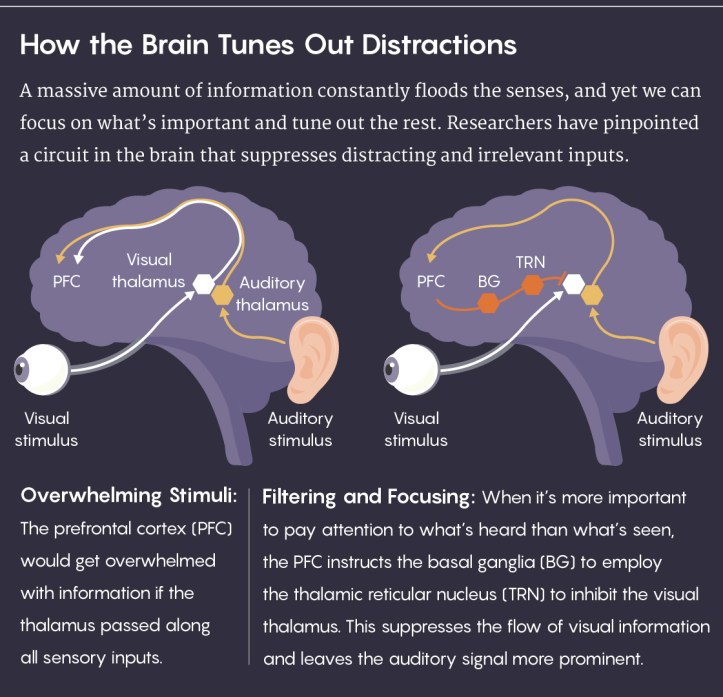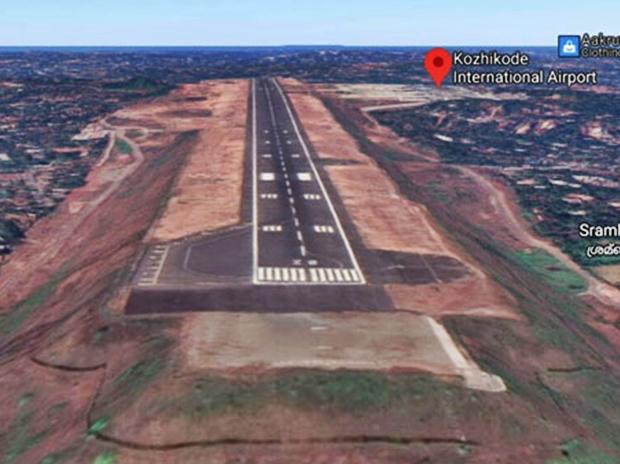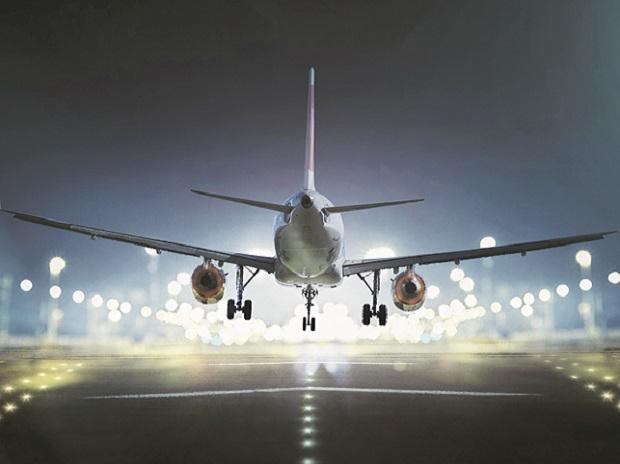Free SMS Training By Aviation Safety Management Society of India for all the Stakeholders in Aviation
Free SMS Training By Aviation Safety Management Society of India for all the Stakeholders in Aviation
Greetings from Aviation Safety Management Society of India (ASMSI).
Aviation Safety Management Society of India (ASMSI) is an all India Registered “Not for Profit” Society, dedicated to the promotion of Aviation and Aviation Safety in the country, through spread of knowledge and awareness.
ASMSI is fortunate to have large number of highly accomplished and reputed Aviation Professionals (Former Secretary/Additional Secretary, Members of Parliament, Air Marshals, Generals, Admirals, President ICAO (ANS) Senior Officials from DGCA, AAI, Industrialist,Doctors,Pilots,Engineers,Air Craft ,Helicopter Operators and MRO,s etc.), both from Civil and Military Aviation, as its Esteemed Members and associates. These professionals are working with zeal to share their knowledge and expertise, selflessly, in the field of Aviation, for the benefit of all the stakeholders in Aviation.
Since it is learnt that the implementation of SMS by the Operators has been found to be lacking, ASMSI has taken a conscious decision to work towards effective implementation of Safety Management System.
It is well known that Safety Management System is a very effective and proven management system to identify hazards in a proactive manner and to ensure that hazards do not turn into accidents, incidents, through timely elimination of hazards.
SMS was introduced in India for the first time on 20 Jul 10 by DGCA through the issue of a CAR. Since then DGCA has been making concerted efforts to ensure that the SMS is implemented in letter and spirit. However, in some recent audits by DGCA, it was observed that the implementation of SMS is lacking on many fronts and obviously it is not being taken seriously by most of the Operators. The lack of effective implementation of SMS was also highlighted by the Honorable Minister of Civil Aviation during his briefing to the lawmakers in Parliament.
The Scope of SMS includes all the personnel of the Operator, right from the CEO downwards to lowest level, including employees from Finance, HR, Admin and Marketing etc., since they also have a role to play in maintaining safe Operation and maintenance environments in the Company. Hence, it is essential that every employee of the Company should be sensitized to the concept of Safety Management System, depending on their role and responsibilities.
Most of the Operators get only those employees i.e. Pilots, Cabin Crew, Accountable Executives/Managers, Chief, Deputy Chief of Flight Safety and Safety Manager etc. trained which are required to be trained as mandated by DGCA. In the absence of SMS training, the other employees of the Company, obviously, remain ignorant about the SMS. Even the employees who have been trained do not take SMS seriously, possibly, due to lack of supervision, monitoring and involvement of the Management.
The Management of the Aviation organisations should appreciate that SMS is a very useful system to promote safety, efficiency of their Operations and prevention of accidents. It needs to be remembered that Accidents are bad for business, reputation and can impact very heavily on the finances and survivability of a Company.
Keeping in mind the importance of SMS towards better safety standards and the reluctance of the Operators to get the SMS training done for all their personnel due to financial considerations/constraints, ASMSI has taken the initiative to offer the services of its SMS experts to conduct Online SMS training of all the personnel of a Company, free of cost.
We have requested all the Operators to make use of the opportunity of the offer of ASMSI to get all their personnel trained on SMS, without incurring any expenditure. Training of all the personnel on SMS will go a long way in enhancing safety of the operations and promoting Safety Culture in the organisation.
We are aware of the fact that most of the Officials from DGCA are quite learned and expert in their field of Work/Operations. Hence, the professionals from ASMSI would be keen to interact with the Officials from DGCA to learn from their vast knowledge and field experience, to enable them to share the knowledge gained through such interaction, with the other stakeholders in Aviation.
ASMSI takes great pleasure in extending an open invitation to Officials from DGCA to join SMS training sessions Online as and when they can spare some time from their busy schedule, to refresh their knowledge about Safety Management System and provide guidance to us in enhancing quality of training and safety standards.
Kindly email to aviationsafetyindia@gmail.com whenever you wish to join the training in groups or individuals and we will be prompt in giving you date and time of training Online.
Our Mission is to assist DGCA in effective implementation of Safety Management System among all the Stakeholders, to create safe flying environments in the country. We are quite hopeful of receiving the guidance, support and cooperation from the learned Aviation Professionals from DGCA.
Knowledge and Awareness are Key to Achieve and Maintain High Standards of Safety.
Many Many Happy Landings










